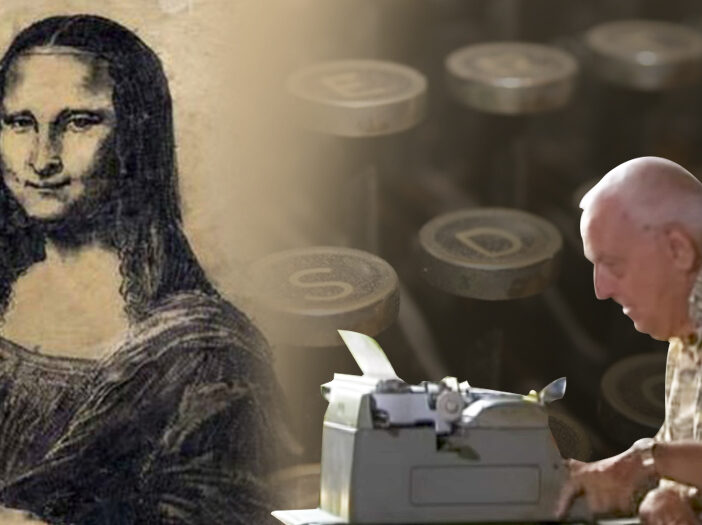
A lasting legacy
Today, we see individuals with disabilities participating in the arts in ways Paul could likely not imagine. Computers and software technologies have long replaced typewriters. They have opened new avenues for art, photography, filmmaking, and design. Technological tools are available today that have leveled the playing field for artists, no matter what their physical abilities are.
But Paul had no such benefits as he developed and refined his techniques; he simply had his fingers and an office machine that today, many young people would not recognize. Nor would they realize the monotonous sound of the typewriter ring as he neared the right margin. It’s a lesson that many people take pride to acknowledge – sometimes, a low-tech approach can yield beautiful results. Generations can still be intrigued by the hands of those who are no longer with us, raised in different times.
Early in life, Paul lived close to the train tracks. Many of his pieces feature a train.
It’s impossible to know how many pictures Paul created during his long life – some estimate over 400 pieces. That work remains an inspiration to artists everywhere; especially among those that accommodate for disability. Paul’s work proves that with some patience and ingenuity, all things are possible.
NEXT page reveals more about this beautiful person…
